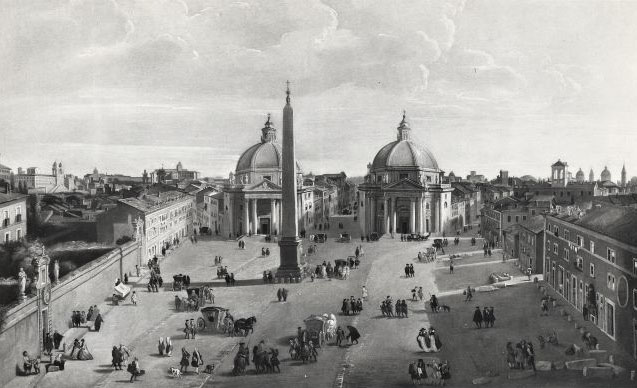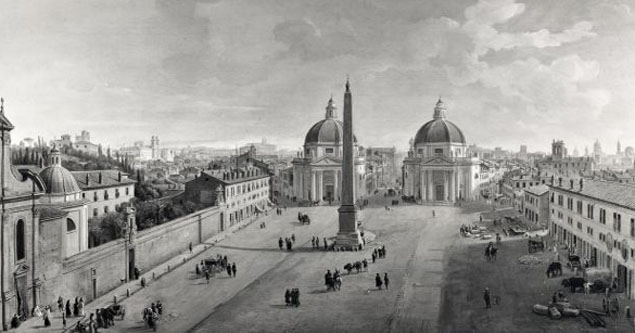The large Piazza del Popolo (Italian: Piazza del Popolo) was designed in the 16th century under Pope Sixtus V to provide a grand entrance when arriving in Rome via the Via Flaminia and the monumental Porta del Popolo, which replaced the ancient Porta Flaminia. It was remodeled by Joseph Valadier in the early 19th century.
Its vast area allows for events and gatherings, accommodating up to 65,000 people. It is dominated to the east by the Pincio hill, the long Via del Corso stretches southward, and the square features three churches, including the notable Santa Maria del Popolo Basilica.
Highlights of Piazza del Popolo to see:
- The Santa Maria del Popolo Basilica and its chapels decorated by Renaissance and Baroque artists.
- The twin churches Santa Maria in Montesanto and Santa Maria dei Miracoli, forming the Trident.
- The Flaminio Obelisk, erected under Sixtus V and relocated by Domenico Fontana.
- The fountains and statues by Joseph Valadier, notably the Dea Roma and Neptune with Tritons.
- The Porta del Popolo, the monumental entrance of Via Flaminia.
- The perspective over the Pincio and Via del Corso, and the view from the Pincio itself.
Description and History
Piazza del Popolo and the monumental gate are a good example of Rome’s architectural layering, a common phenomenon in the Eternal City, where successive Popes implemented modifications and enhancements, here particularly by architects such as Domenico Fontana in the late 16th century and Valadier in the 19th century.
The Three Churches
Three churches surround the square. The oldest and by far the most significant is the Santa Maria del Popolo Basilica (Italian: Santa Maria del Popolo), located near the Porta del Popolo, built in the 11th century and subsequently renovated in the 15th and 17th centuries by Bernini. It is one of the most remarkable buildings of the Roman Renaissance, with contributions from Bramante, Raphael, and Pinturicchio.
From 1562 to 1565, Nanni di Baccio Bigio remodeled the external façade of Porta del Popolo. In 1655, Gian Lorenzo Bernini renovated the internal face and the cornice.
The twin churches, Santa Maria in Montesanto (1675) and Santa Maria dei Miracoli (1678), were built at the request of Pope Alexander VII. They occupy the two poles of the Trident formed by Via del Corso, Via del Babuino, and Via di Ripetta. These two Baroque buildings were begun by Carlo Rainaldi and completed by Carlo Fontana with Bernini’s support.
The Fountain and the Flaminio Obelisk
In 1573, Pope Gregory XIII had a fountain installed at the center of the square by Giacomo della Porta (one of the eighteen fountains designed after the restoration of the Aqua Virgo aqueduct). In 1589, Pope Sixtus V erected the large Flaminio Obelisk, made of red granite, 24 meters high (36 meters including the base). It was formerly located in the Circus Maximus. Domenico Fontana then relocated della Porta’s fountain to the beginning of Via del Corso.
This obelisk was created around the 12th century BCE to celebrate the glory of Seti I and Ramses II. Augustus brought it from Heliopolis after his conquest of Egypt (30 BCE).
Valadier’s Developments and Later Works
The shape of the square dates back to the early 19th century. Previously, its layout was that of a trapezoidal square, widening towards the Trident. From the time of the Napoleonic occupation, Joseph Valadier envisioned a new arrangement to accommodate two barracks. This project was abandoned in favor of another due to the uneven terrain between the square and the Pincio hill. As a result, the square took its current elliptical form, with a double exedra, adorned with numerous fountains and statues.
Valadier relocated Giacomo Della Porta’s fountain and completed the work by reorganizing the slopes and terrace of the Pincio. He completed the new central fountain surrounding the obelisk, with a marble lion of Egyptian style at each corner, from whose mouths water flows into the basins.
Shortly after, he also created similar fountains at the two ends of the square facing each other. Water overflows from a large half-shell into a basin near the square’s ground. On each side of the fountains stands a pair of dolphins with intertwined tails, while at the center, the group of statues is the only difference between the two works. On the west side, towards the Tiber, a statue of Neptune stands on a rock, flanked by two Tritons and two dolphins. To the east, on the Pincio side, the rock bears the statue of the goddess Rome, flanked by the reclining statues of the Tiber (to Roma’s left) and the Aniene, with at her feet the Capitoline Wolf nursing the twins Remus and Romulus. The structure behind and above, against the slope of the Pincio, with the niches from which water cascades, is also Valadier’s work.
There were two towers that fortified the gate, demolished in 1878-1879, and replaced by two side arches.
Map and address
Address : Piazza del Popolo, Roma RMIf you see this after your page is loaded completely, leafletJS files are missing.
Photo gallery
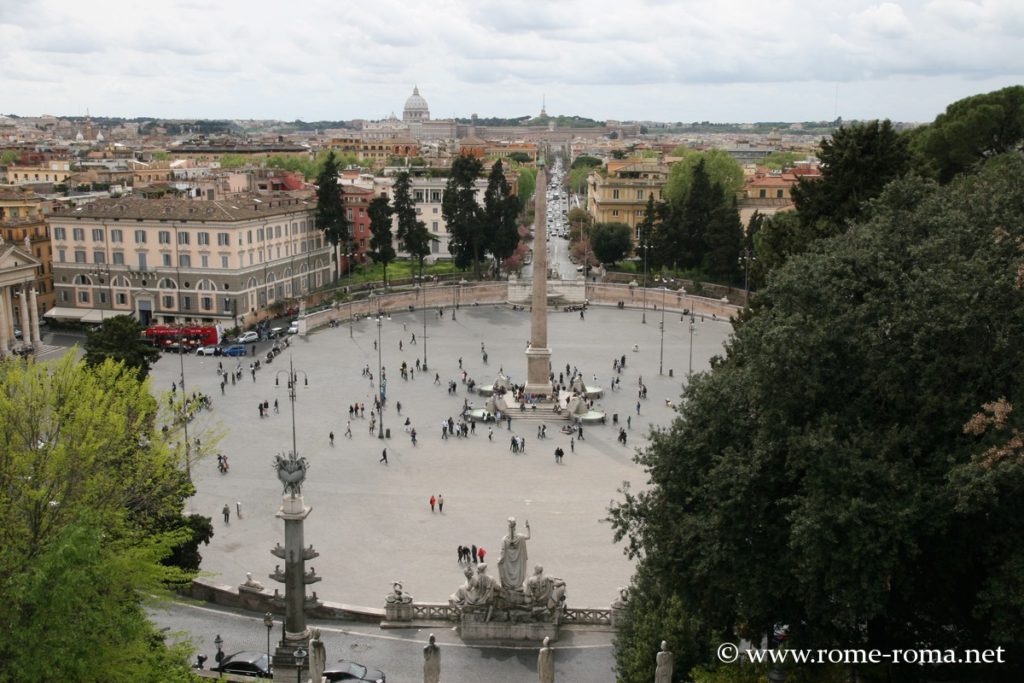
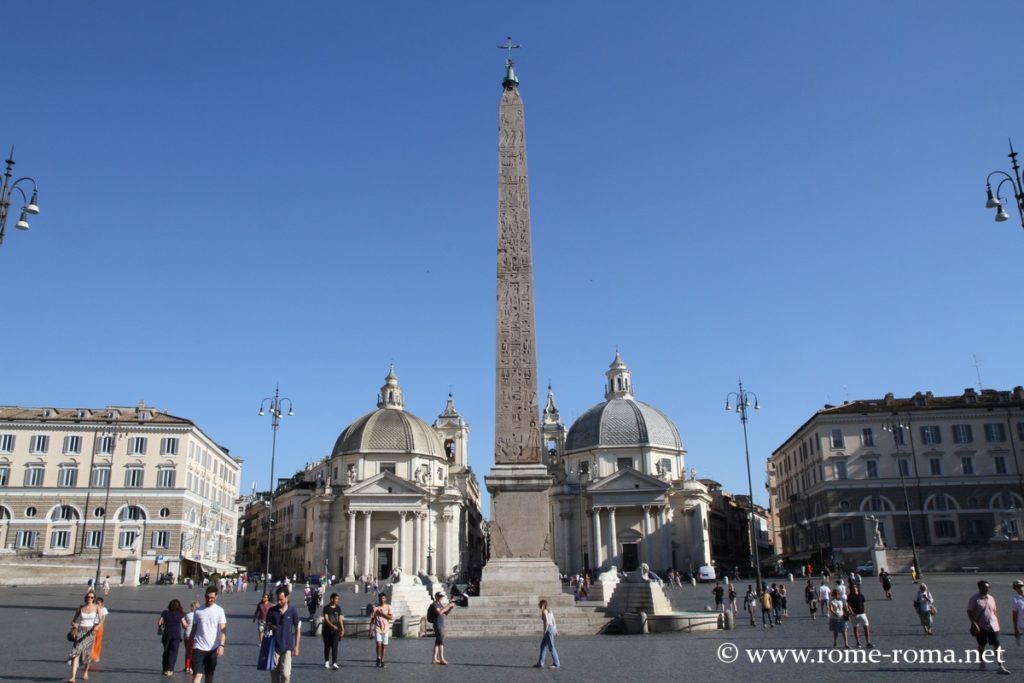
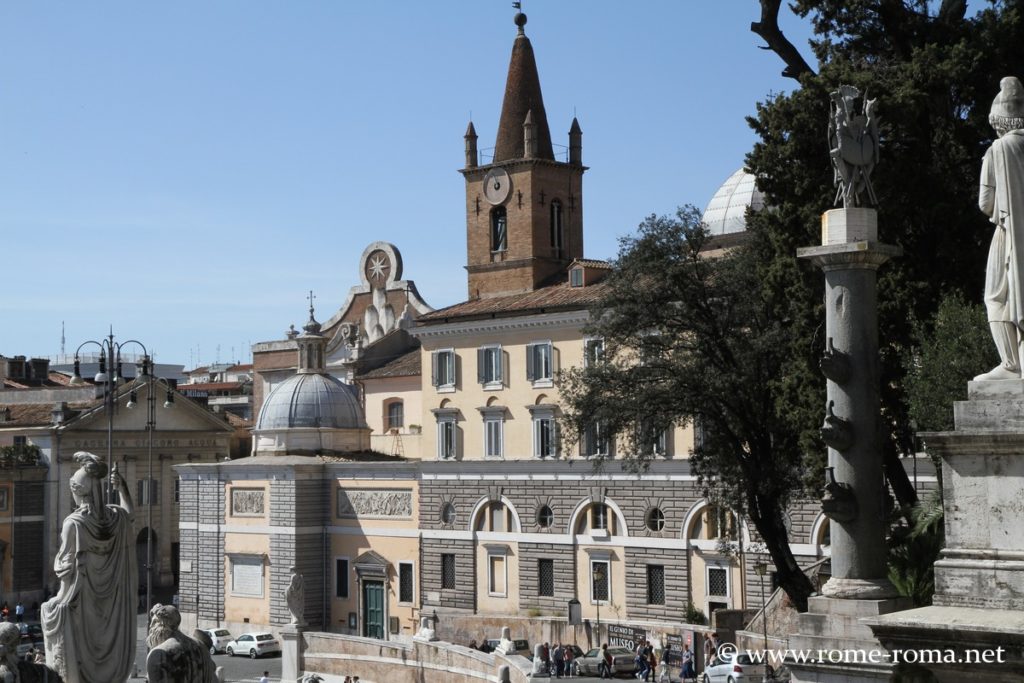
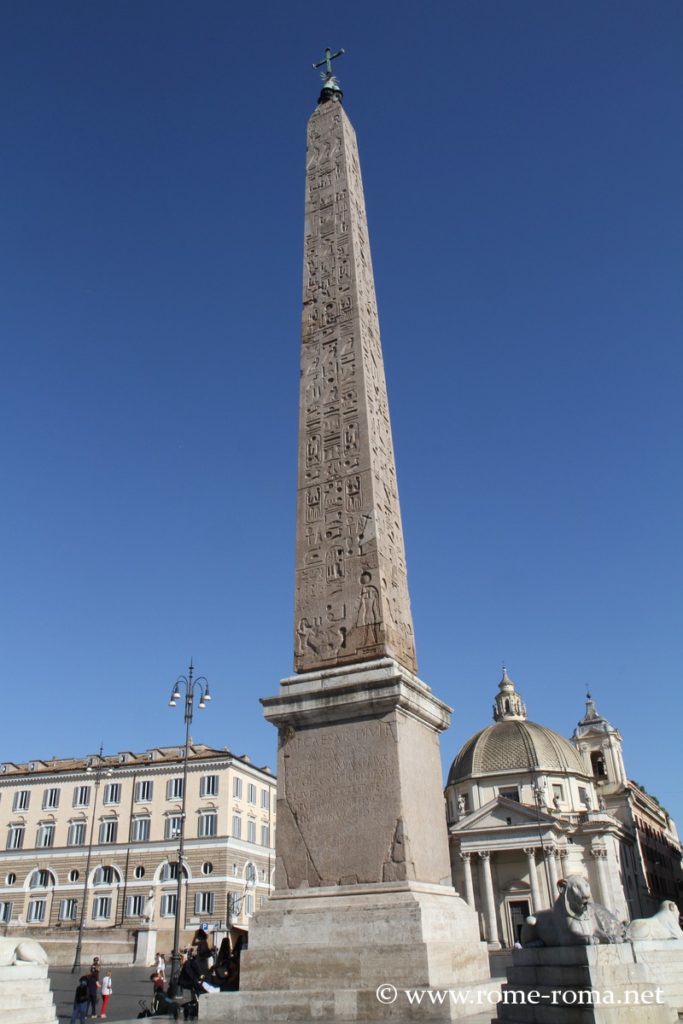

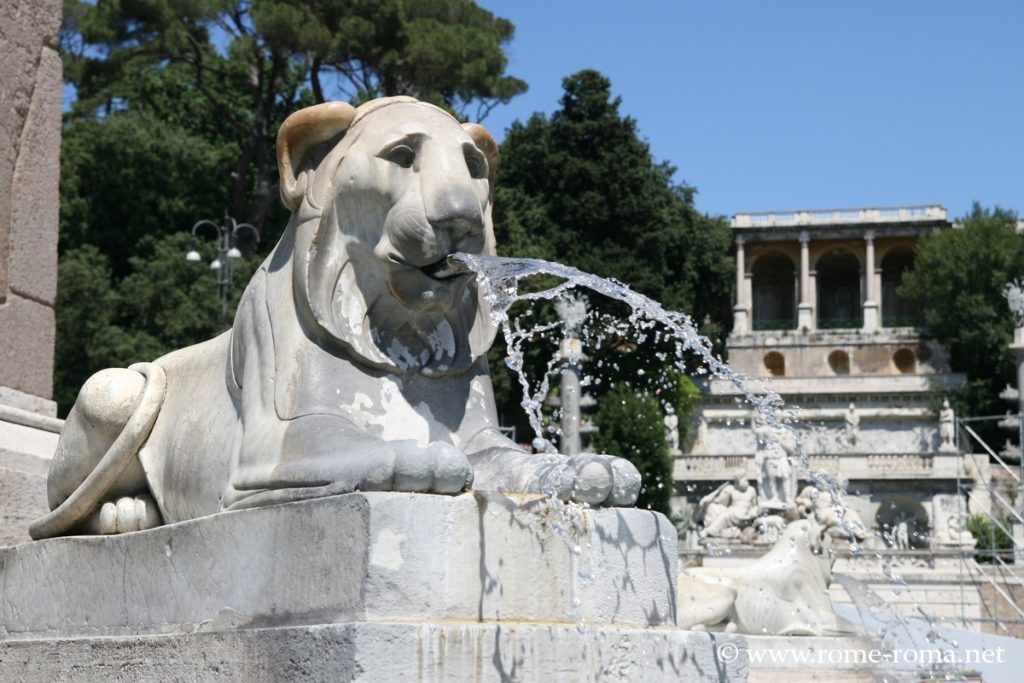
In Piazza del Popolo
- Santa Maria del Popolo in Rome
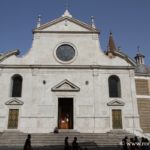 Santa Maria del Popolo is an important Renaissance church in Rome. It preserves works by Raphael, Bernini, and Caravaggio. Description, Information and schedules, visit and history ...
Santa Maria del Popolo is an important Renaissance church in Rome. It preserves works by Raphael, Bernini, and Caravaggio. Description, Information and schedules, visit and history ...
Ancient views in art
Old Photos and Drawings
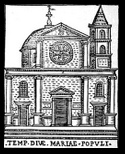 1588 | 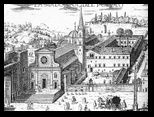 Giovanni Maggi, 1625 | 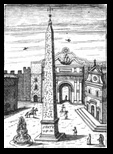 1645 |  Wittel, 1683 |
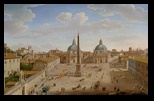 Hendrik Frans van Lint, 1750 |  Giuseppe Vasi, 1761 Giuseppe Vasi, 1761 |  Giuseppe Vasi, 1761 Giuseppe Vasi, 1761 | 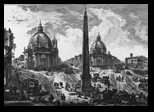 Piranesi, 2nd half of the 18th century Piranesi, 2nd half of the 18th century |
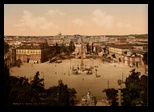 1880 1880 | 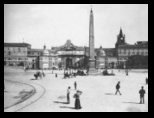 19th – 20th c. 19th – 20th c. | 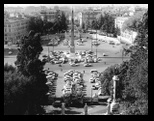 1960s 1960s |
Information
| Piazza del Popolo |
Sources and links for more information :
|

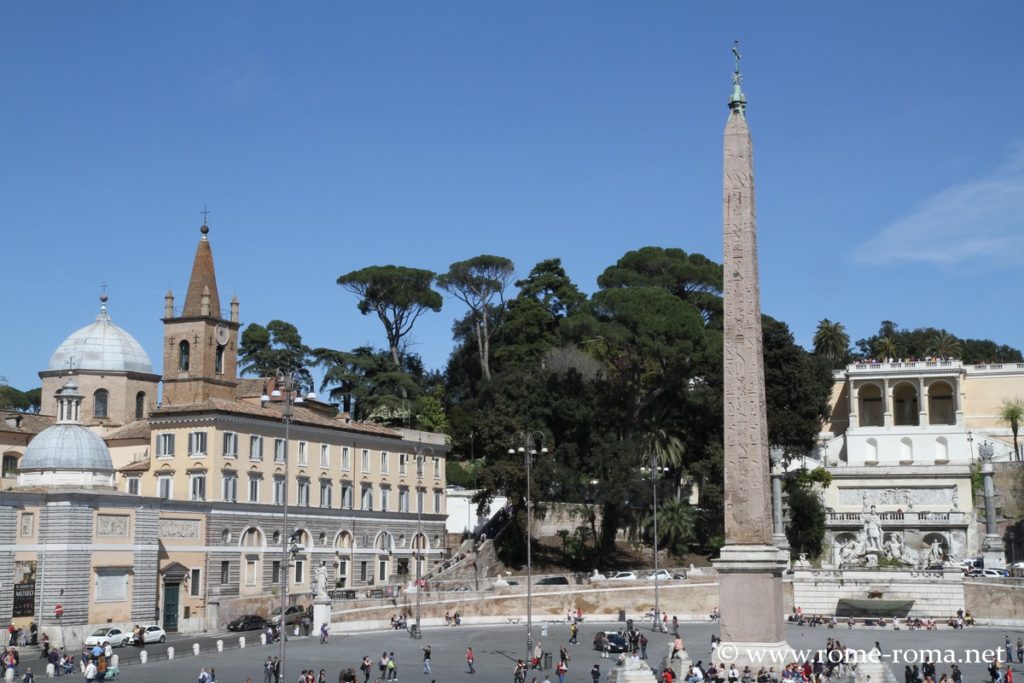
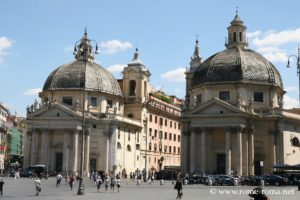
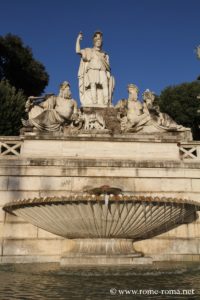
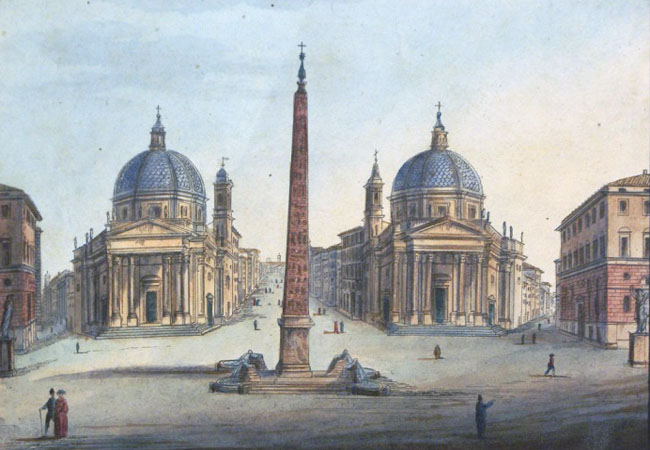
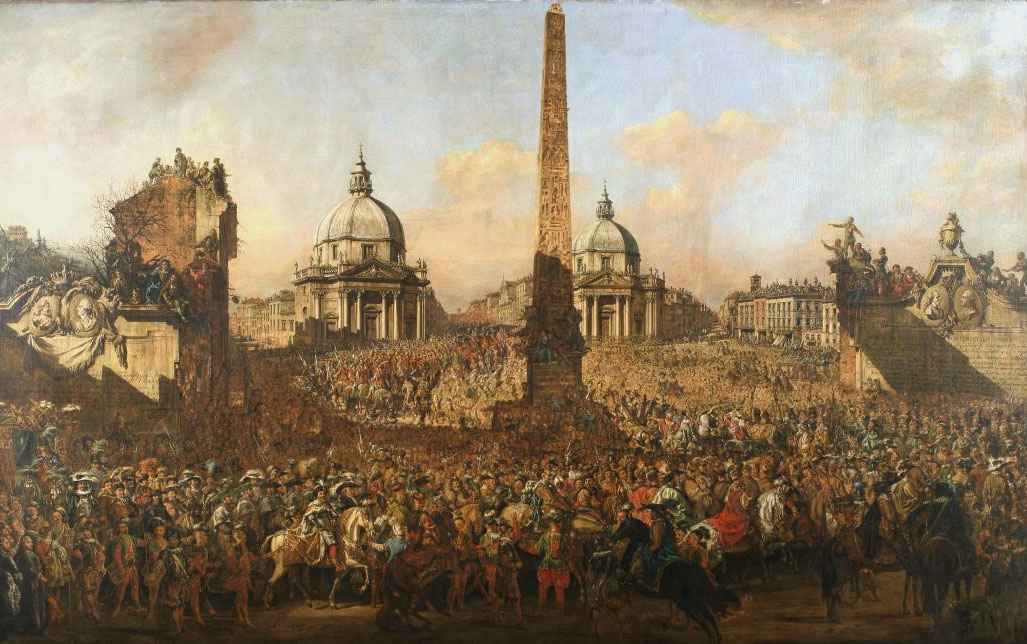
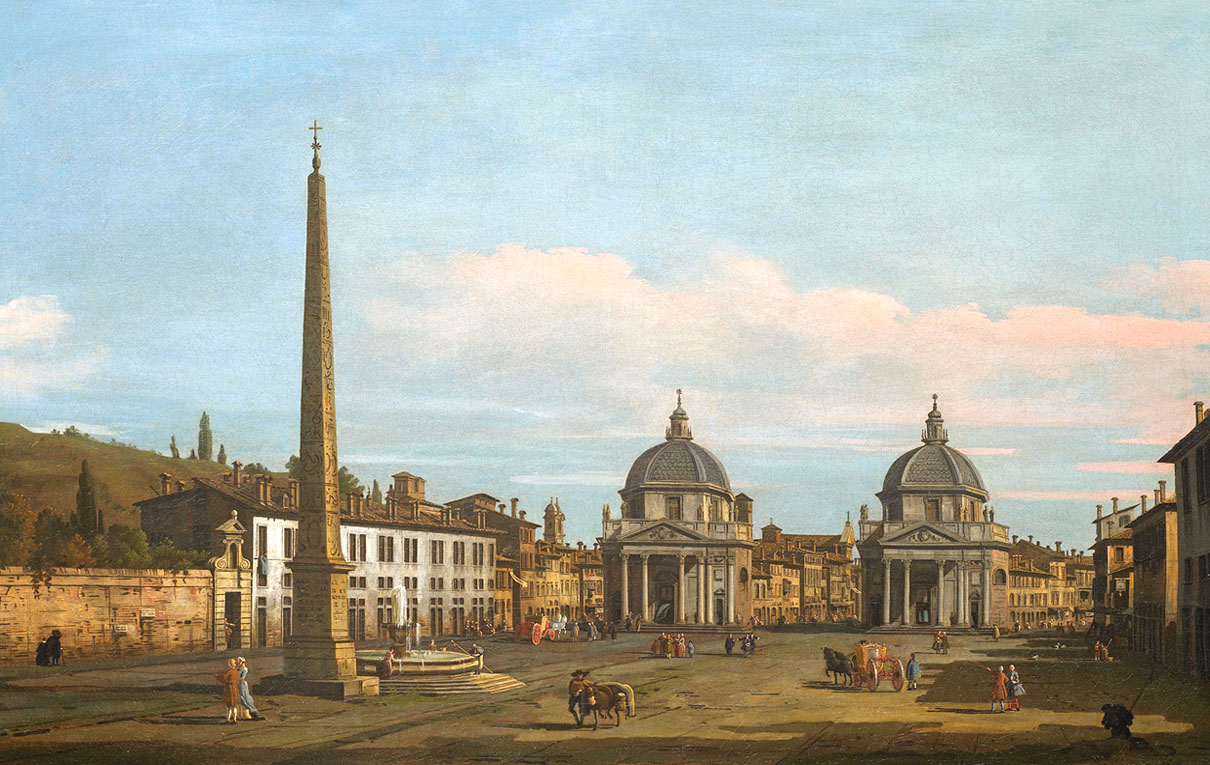
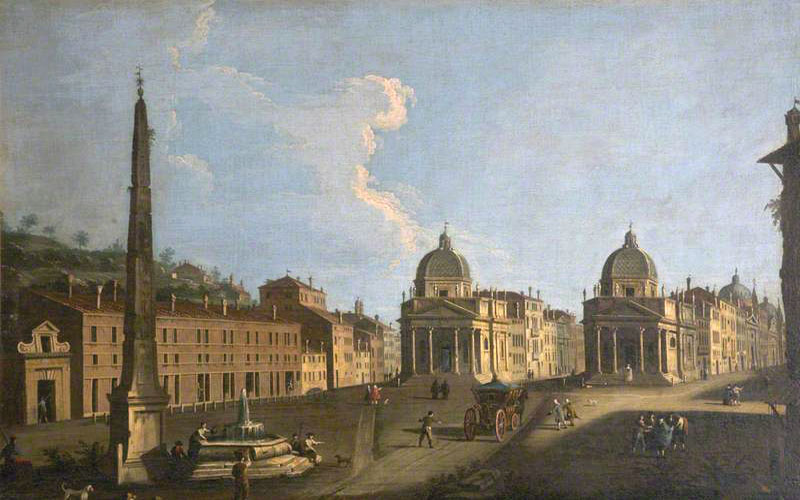
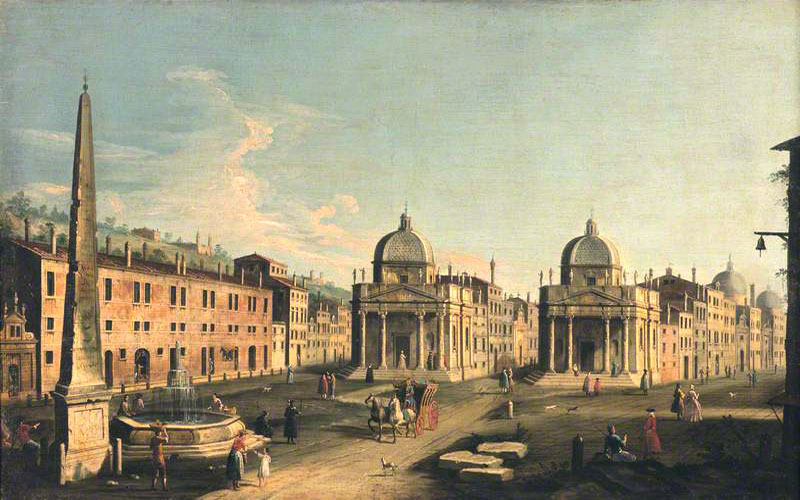
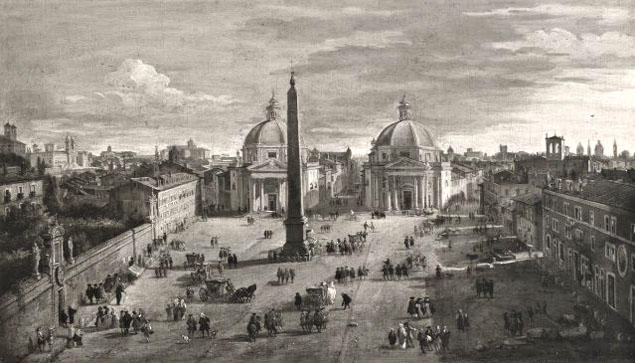
 - piazza del popolo - national trust.jpg)
